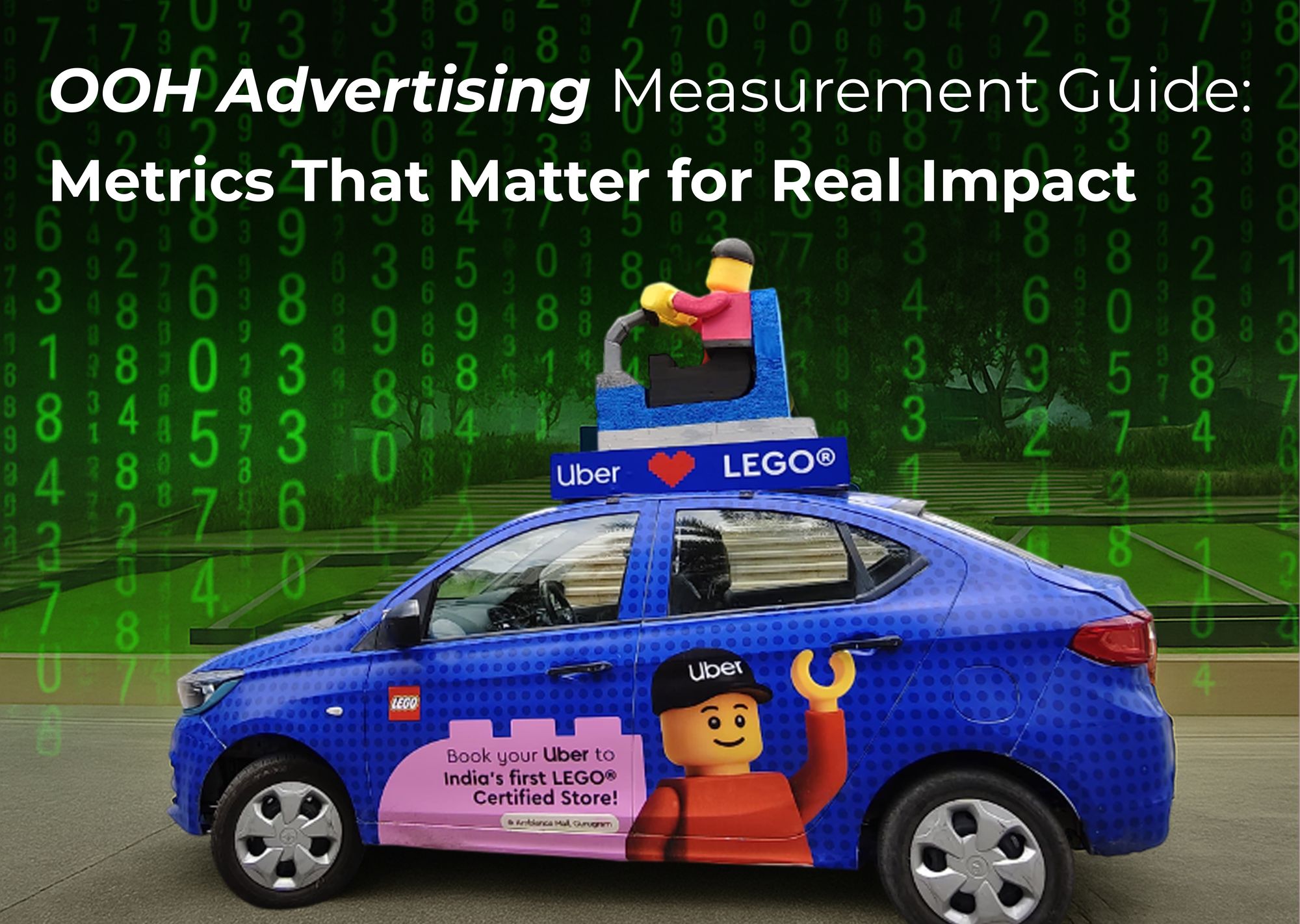A deeper look at how Wrap2Earn helps brands measure out-of-home campaigns beyond just reach.

In OOH advertising, the first performance indicator people think about is impressions or the estimated number of people who saw the ad. While reach is important, it’s not the only factor that determines success. The smartest brands look beyond “eyeballs” and track OOH metrics that explain why a campaign worked.
At Wrap2Earn, we believe that data-backed out-of-home advertising strategies should combine reach, relevance, and measurable results. Here’s what to track — and how to figure out what made your campaign a winner.
1. Audience Quality Over Quantity
It’s tempting to focus only on large numbers, but knowing who saw your ad is far more valuable. Demographics, location patterns, and lifestyle insights reveal whether you reached the right audience.
Example: A Wrap2Earn cab wrap running near IT parks may reach fewer people than a busy market street, but its high-income, tech-savvy audience could deliver better conversions.
2. Frequency of Exposure
One impression is rarely enough to influence action. The frequency metric measures how many times your target audience sees the ad within a specific time frame.
Why it matters: Consistent visibility boosts recall and trust. With transit advertising, your message moves with the audience, naturally increasing repeat exposure across different city zones.
3. Location & Context Alignment
In OOH advertising, the setting plays a huge role. A great location ensures visibility, but contextual relevance determines receptivity.
Example: A beverage brand running ads near gyms and sports complexes is more likely to trigger impulse buys than in unrelated areas.
4. Engagement & Interaction
Modern OOH metrics go beyond passive viewing. QR codes or short URLs can track active engagement. Measuring scan rates, social shares, or microsite visits helps assess the depth of audience interest.
5. Brand Lift & Sentiment
Brand lift studies track shifts in awareness, recall, and sentiment before and after a campaign. If recognition rises or sentiment improves, it’s a strong indicator that your out-of-home advertising worked.
6. Conversion & Sales Uplift
The ultimate measure of success is whether your campaign led to tangible results. While attribution can be tricky in OOH advertising, methods like promo codes, geofenced tracking, and campaign-specific landing pages help connect exposure to sales.
How to Identify Why a Campaign Succeeded
Tracking numbers are one thing — understanding why they improved is another. Here’s how to break it down:
- Compare pre- and post-campaign data — Was there a lift in sales, website traffic, or store visits?
- Identify high-performing touchpoints — Which locations, time slots, or ad designs saw the most engagement?
- Review audience alignment — Did the campaign reach the intended demographic, or did it perform well due to unexpected audiences?
- Evaluate creative execution — Was the messaging clear, visually appealing, and contextually relevant?
- Assess channel synergy — Did the OOH campaign work better when paired with digital ads or influencer content?
By combining these insights, you can pinpoint the factors that drove campaign success and replicate them in future OOH advertising efforts.
Conclusion
Modern OOH advertising is not just about visibility — it’s about impact. By tracking OOH metrics like audience quality, frequency, engagement, and conversions, you get a clearer picture of both performance and the reasons behind it.
At Wrap2Earn, we help brands measure OOH campaigns in ways that go beyond impressions, ensuring every transit advertising investment delivers measurable results.
